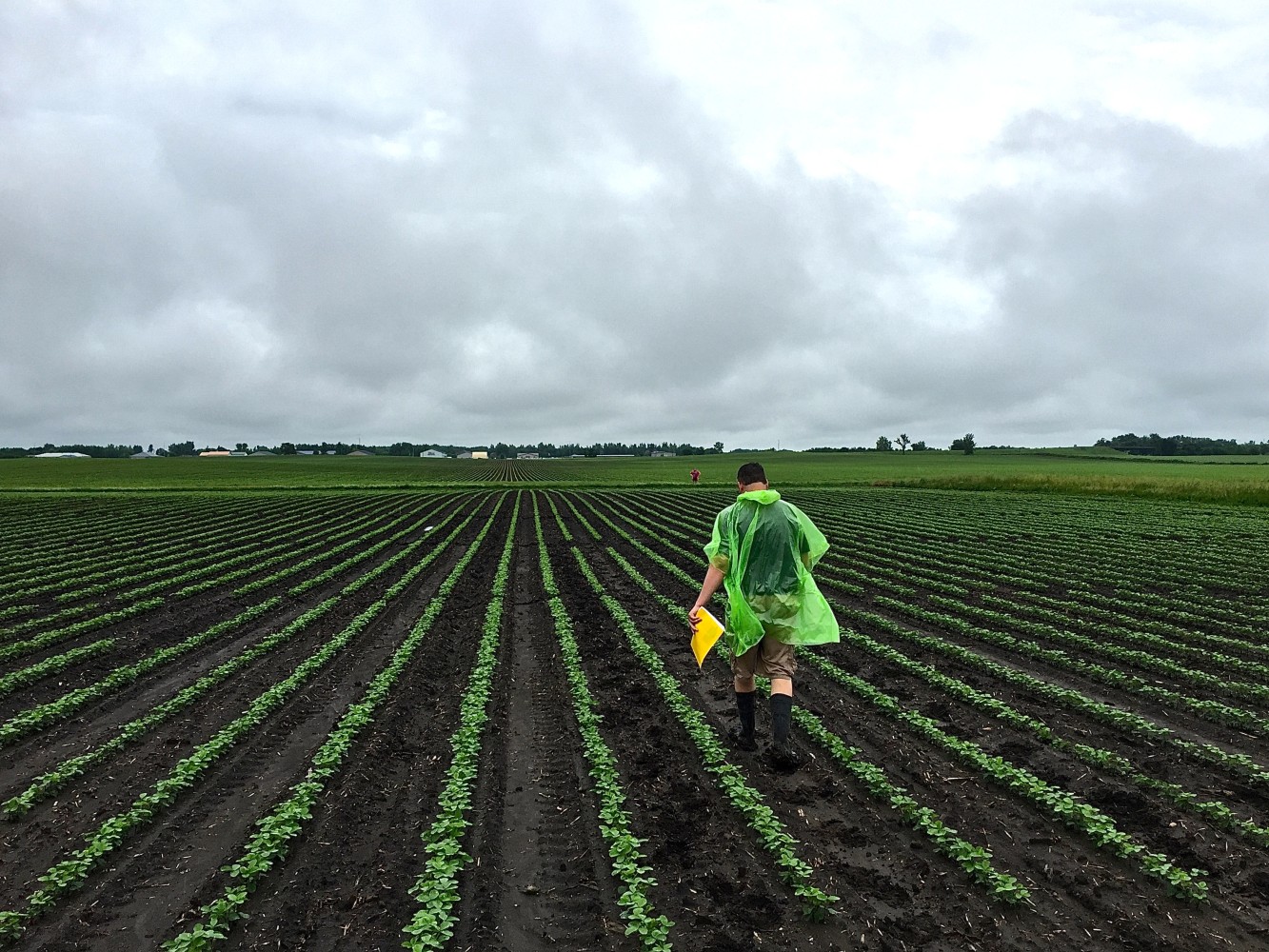
Back-to-nature approach amplifies crop health

Crop nutrition challenges are fertile ground for enzymes
Life can be very stressful for a plant.
Soilborne pathogens lurk all around. Weather turns on a dime. Water – in excess or in limited supply – poses danger. And there are all those hungry insects.
Trying to survive the threats requires so much from a plant that growing can take a back seat. Which in crop agriculture equals yields, too.
But help is available in the form of biological stress-reduction called biochemistries. Abagale Hearn works with them in her role as associate research scientist at Elemental Enzymes. What she and her team research is used to develop sustainable input products for farmers and growers.

Biochemistries bring together organic molecular and physical chemistry interactions that allow life-supporting biological processes to occur, Hearn says. Processes like chemical reactions within a plant that trigger immune responses to diseases and defense mechanisms against overly saturated soils or drought.
“So what happens when biochemistries are applied is the plant, instead of focusing on survival mode, is more focused on thriving and adding an extra bushel per acre in yield,” Hearn says. “The plant is able to conserve energy instead of fighting infection, for example.”
Biochemistries are one of three technologies harnessed from nature in the Elemental Enzymes lineup. The other two are enzymes, which support a plant’s ability to absorb nutrients and use fertilizers efficiently, and peptides, chains of amino acids that support plant immune systems. All three can be used together to provide plants maximum productivity potential.
Hearn’s research specialty is water use efficiency. She works with osmoprotectants – “osmo” meaning water – which are made up molecules that help plants retain the proper amount of H₂0. These chemistries are becoming increasingly important as climate change affects weather patterns.
“In agriculture we’re seeing a lot of change in the way water is available throughout the planet, and we want to make sure farmers can use the water they have most efficiently,” Hearn says. “Whether that’s reducing irrigation volumes or completely skipping irrigation in some circumstances, we want to make sure the plants remain healthy.”

Hearn’s osmoprotectant research focuses on row crops – corn, soybeans and wheat – and she’s beginning to look into biochemistry solutions for tomatoes and lettuce “because they wilt easily.” Hearn believes there could be a future role for biochemistries in early frost protection, high soil salinity and even the most disastrous water condition: flooding.
“I see the future of biochemistries being tailored solutions to problems farmers are facing,” Hearn says. “Our hope would be for our products to address the specific challenges farmers in different regions of the world are dealing with.”
In a little over five years at Elemental Enzymes, Hearn has watched initial research lead to early product development, then final product development and then commercial application. In fact, utilizing these naturally occurring solutions and amplifying them to work alongside existing crop agriculture practices has proven effective across the globe. From in-field trials to commercially used and applied products through global distribution partners and retailers, Elemental has seen plant health, soil health and yield improvement with these sustainable, naturally biodegrading additives.
“We don’t stop there,” she says. “We continue looking for ways to improve our products while we bring in new ideas and methods to meet agricultural challenges.
“The world and climate are changing rapidly, and we’re hoping to meet those challenges as they arise.”
And in the process, make life less stressful for crops and their growers.




